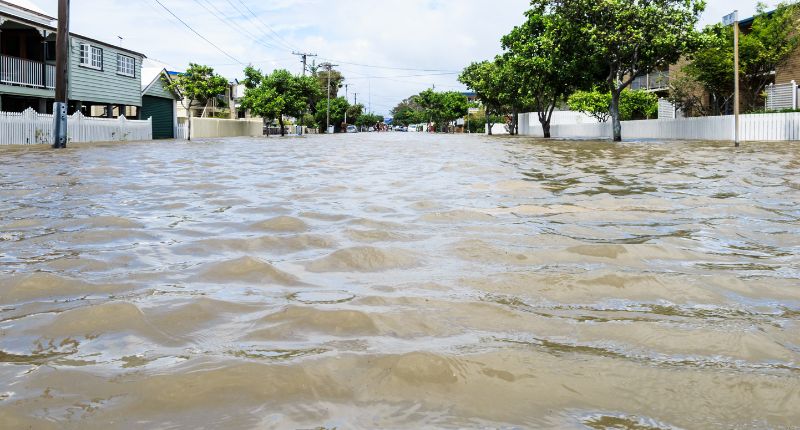
- In July 2022, the Commonwealth implemented the Cyclone Reinsurance Pool.
- The Cyclone Pool is expected to reduce total cyclone premiums nationwide by 26%.
- REIQ CEO responds to the effectiveness of the Cyclone Pool.
Far North Queensland suffered heavy rain and flooding as a result of Cyclone Jasper last month, and the Real Estate Institute of Queensland (REIQ) CEO, Antonia Mercorella, is urging the Federal and State Government to expedite an insurance pool in Queensland.
“Home and contents insurance premiums in North Queensland are on average $2,918 per annum, which is 64% higher than southerners,” she said.
“In North Queensland, higher value strata insurance is three times higher than the rest of the country – depending on the location of the property there could be an even bigger disparity.
“The high insurance premiums are not only prohibitive to some buyers; they also act as a disincentive for construction of new dwellings.”
Antonia Mercorella, REIQ
According to the Australian Bureau of Statistics (ABS), Queensland experienced among the lowest total dwelling approvals for the month of November 2023 at -14.6%.
The merits of the Cyclone Pool
Mercorella also critiqued the Federal Government-backed Cyclone Reinsurance Pool, which was implemented on 1 July 2022 as a measure to improve accessibility and affordability of insurance for households and small businesses in cyclone-prone areas.
Her point of criticism of the scheme was that insurers have been slow to act with premium reductions in Far North Queensland.
“It does little to mitigate insurer risk when the scheme includes a 48-hour cessation date after the event, meaning damage which occurs afterward is not covered for insurers – this needs to be revised to ensure it actually achieves what it sets out to do.”
According to an analysis by the Actuaries Institute in their Home Insurance Affordability Update report, there have been skyrocketing increases in home insurance premiums across Australia over the 12 months to 31 March 2023.
A variety of factors are cited in the report, such as increases in the cost of rebuilding a home due to supply-chain shortages, increases in natural peril premiums due to increasingly regular severe weather events.
“For cyclones, the cost of the risk does not have a clear relationship with income level, as the peril is geographically widespread,” the report reads.
“For flood, however, the cost of this risk is significant for affordability-stressed households.
“This suggests that, in general, low-income households are exposed to higher flood risk than their counterparts.”
The Actuaries Institute modelling found that, across Australia, cyclone premiums are expected to reduce by $368 million and total flood premiums, including cyclonic flood, are expected to reduce by $228 million.
Impact of the Cyclone Pool on home insurance premiums
|
Premiums including insurer margins and tax |
2023 Premiums ($m) | |||
| Pre-Cyclone Pool | Post-Cyclone Pool | Difference ($m) | Difference (%) | |
| Cyclone | 1,441 | 1,073 | (368) | (26%) |
| Flood | 2,599 | 2,372 | (228) | (9%) |
| Other perils | 5,945 | 5,945 | – | 0% |
| Other premium components | 13,014 | 13,014 | – | 0% |
| Total premium | 22,999 | 22,403 | (596) |
(3%) |
Source: Actuaries Institute.
The analysis concluded that the Cyclone Pool is expected to reduce the mean home insurance premium for affordability-stressed households by 16% in Queensland.
Alternatives to the Cyclone Pool
Mercorella said with a wide range of natural disasters hitting Queensland, it is time for the State Government to look at all routes to make insurance affordable again.
“The REIQ calls on the Queensland Government to commence a program similar to that seen in New Zealand where a small percentage of all home insurance policies is set aside in an investment fund, allowing quick access for consumers in the case of a natural disaster,” she said.
“Further, the state government needs to prioritise natural disaster mitigating infrastructure to aid in bringing down the cost of insurance for residents of these regions that contribute so much to the Queensland economy.”







